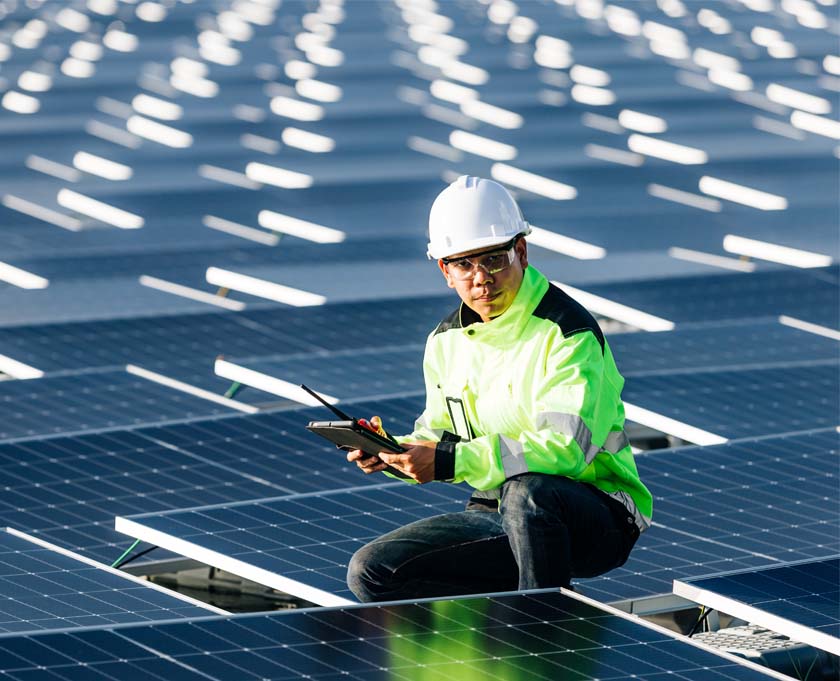Beautiful Plants For Your Interior

In a world where sustainable energy is not just a choice but a necessity, the silent heroes of the green revolution are undoubtedly solar panels. These unassuming arrays of photovoltaic cells have the remarkable ability to harness the sun’s energy and convert it into clean, renewable power. Let’s delve into the intricate workings of solar panels and how they seamlessly integrate into a robust energy system.
1. The Solar Alchemy: Photovoltaic Cells
At the heart of every solar panel lies an array of photovoltaic (PV) cells, typically composed of semiconductor materials like silicon. When sunlight strikes these cells, it initiates a process known as the photovoltaic effect. Photons from the sun energize electrons in the semiconductor material, generating an electric current. This is the fundamental transformation that turns sunlight into electricity.
2. The Power of the Sunlight Harvest: Solar Inverters
While PV cells work their magic, the electricity generated is in the form of direct current (DC). However, most of our household appliances and the electrical grid operate on alternating current (AC). Enter solar inverters, the unsung heroes of solar power systems. They convert the DC electricity produced by the panels into AC electricity, making it compatible with our everyday devices and the grid.
3. Storing Sunshine for Later: Solar Batteries
The sun doesn’t always shine, but that doesn’t mean your solar panels can’t generate power. Solar batteries play a crucial role in storing excess energy generated during sunny days for later use. This energy storage allows homeowners to draw power during the night or on cloudy days, ensuring a continuous and reliable energy supply.
4. Navigating the Sun’s Path: Solar Tracking Systems
To maximize energy production, solar panels often employ tracking systems that follow the sun’s path throughout the day. Single-axis and dual-axis trackers adjust the angle and orientation of the panels, ensuring they receive optimal sunlight exposure. This dynamic adaptation significantly enhances the overall efficiency of the solar power system.
5. From Panel to Power Grid: Net Metering
Excess energy generated by your solar panels doesn’t go to waste. Through a process called net metering, surplus electricity is fed back into the grid, earning you credits. This not only benefits the environment but also provides a financial incentive, making solar power an economically viable and environmentally responsible choice.
6. A Smart Symphony: Monitoring and Control Systems
Modern solar power systems often come equipped with smart monitoring and control systems. These systems provide real-time data on energy production, consumption, and system health. Users can remotely monitor their solar array’s performance, identify potential issues, and optimize settings for maximum efficiency.
In conclusion, the journey of solar panels from absorbing sunlight to powering our homes is a fascinating dance of technology and innovation. As advancements continue to shape the renewable energy landscape, the integration of solar panels into our daily lives represents a powerful step toward a sustainable and brighter future. Embracing solar technology not only reduces our carbon footprint but also puts the power of energy production into the hands of individuals, ushering in a new era of clean and independent power generation.
